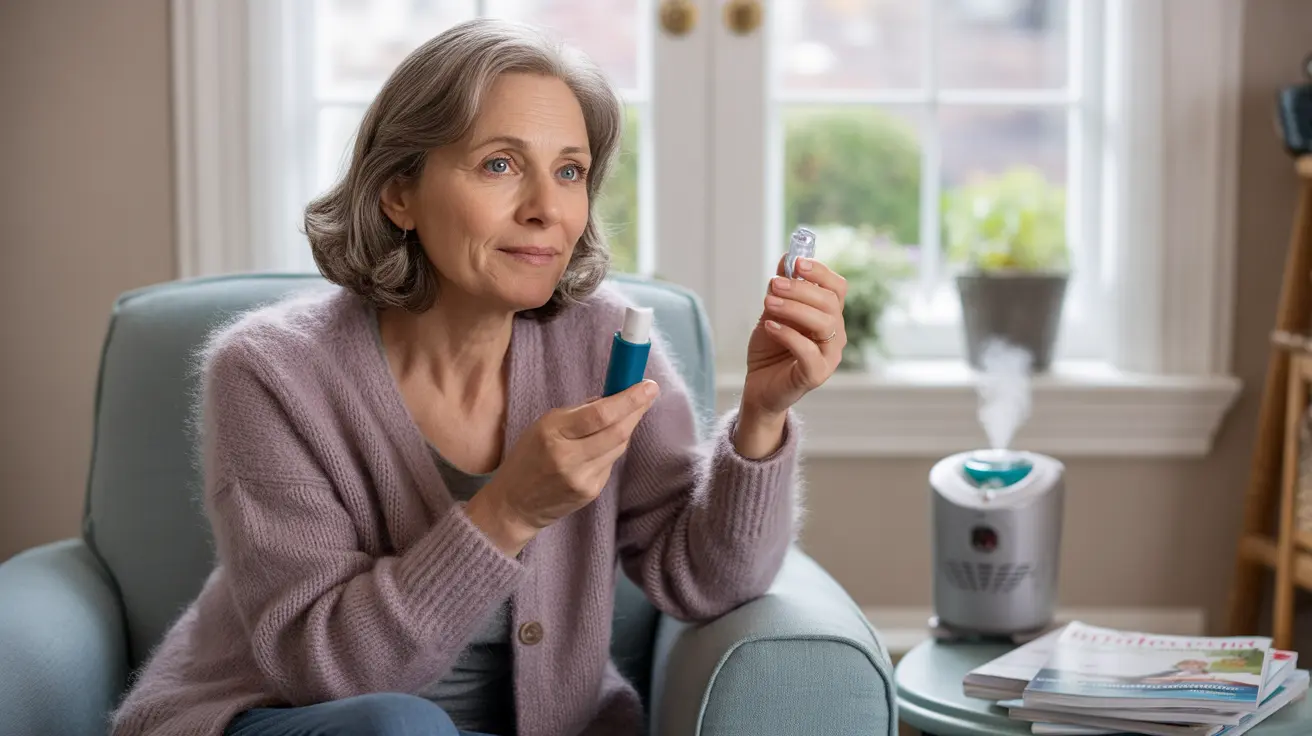Stage 3 COPD, also known as severe COPD, represents a significant progression in chronic obstructive pulmonary disease that requires comprehensive management and lifestyle adjustments. At this stage, breathing difficulties become more pronounced, and daily activities may become increasingly challenging. Understanding the symptoms, treatment options, and management strategies is crucial for maintaining quality of life and slowing disease progression.
This guide explores essential information about stage 3 COPD, including key symptoms, treatment approaches, and practical tips for daily living. We'll discuss how to work with healthcare providers to develop an effective management plan and maintain the best possible quality of life.
Understanding Stage 3 COPD Symptoms
Stage 3 COPD presents with more severe symptoms than earlier stages, significantly impacting daily activities. Common symptoms include:
- Frequent shortness of breath, even during mild activities
- Chronic coughing with increased mucus production
- Regular fatigue and reduced exercise tolerance
- Recurring chest infections
- Difficulty completing daily tasks
- Wheezing and chest tightness
These symptoms often become more pronounced during physical exertion or when experiencing respiratory infections. Many people with stage 3 COPD find that their symptoms affect their ability to work, exercise, or perform routine activities.
Medical Management and Treatment Options
Treatment for stage 3 COPD typically involves a multi-faceted approach combining various medications and therapies:
Medication Management
Key medications often prescribed include:
- Long-acting bronchodilators
- Inhaled corticosteroids
- Combination inhalers
- Rescue medications for sudden symptom flare-ups
Oxygen Therapy
Many people with stage 3 COPD require supplemental oxygen therapy, particularly during physical activity or sleep. Your healthcare provider will determine if and when oxygen therapy is necessary based on regular blood oxygen measurements.
The Role of Pulmonary Rehabilitation
Pulmonary rehabilitation plays a crucial role in managing stage 3 COPD. This comprehensive program typically includes:
- Supervised exercise training
- Breathing techniques and strategies
- Nutritional counseling
- Education about COPD management
- Emotional support and counseling
Regular participation in pulmonary rehabilitation can help improve exercise tolerance, reduce breathlessness, and enhance overall quality of life.
Essential Lifestyle Modifications
Making certain lifestyle changes is crucial for managing stage 3 COPD effectively:
- Quit smoking immediately if still smoking
- Avoid secondhand smoke and air pollutants
- Maintain regular physical activity within limitations
- Practice good nutrition and maintain a healthy weight
- Get recommended vaccinations
- Learn and practice stress management techniques
Living with Stage 3 COPD: Daily Management Strategies
Developing effective daily management strategies helps maintain independence and quality of life:
- Plan activities to conserve energy
- Use breathing techniques during daily tasks
- Keep rescue medications readily available
- Monitor symptoms and maintain a symptom diary
- Stay connected with healthcare providers
- Join support groups for emotional support
Frequently Asked Questions
What are the main symptoms and warning signs of stage 3 COPD, and how do they affect daily life?
The main symptoms include severe shortness of breath during routine activities, frequent coughing with mucus production, regular fatigue, and reduced exercise tolerance. These symptoms significantly impact daily activities, making tasks like climbing stairs, carrying groceries, or even getting dressed more challenging.
What types of medications and treatments help manage stage 3 COPD, and when is oxygen therapy needed?
Treatment typically includes long-acting bronchodilators, inhaled corticosteroids, and combination inhalers. Oxygen therapy becomes necessary when blood oxygen levels consistently fall below normal levels, particularly during activity or sleep. Your doctor will perform regular testing to determine when oxygen therapy is needed.
How does pulmonary rehabilitation help people with stage 3 COPD, and what does it involve?
Pulmonary rehabilitation helps improve exercise capacity, reduce symptoms, and enhance quality of life. It includes supervised exercise training, breathing techniques, educational sessions about COPD management, nutritional counseling, and psychological support.
What lifestyle changes and self-care tips are most important for slowing the progression of stage 3 COPD?
Key lifestyle changes include smoking cessation, avoiding air pollutants, maintaining regular physical activity within limitations, following a healthy diet, getting recommended vaccinations, and practicing stress management. Regular medical check-ups and medication compliance are also crucial.
What is the life expectancy for someone with stage 3 COPD, and what factors can improve or worsen the outlook?
Life expectancy varies significantly based on individual factors such as age, overall health, smoking status, and adherence to treatment plans. Following prescribed treatments, maintaining a healthy lifestyle, avoiding smoking and pollutants, and participating in pulmonary rehabilitation can help improve outcomes and quality of life.




